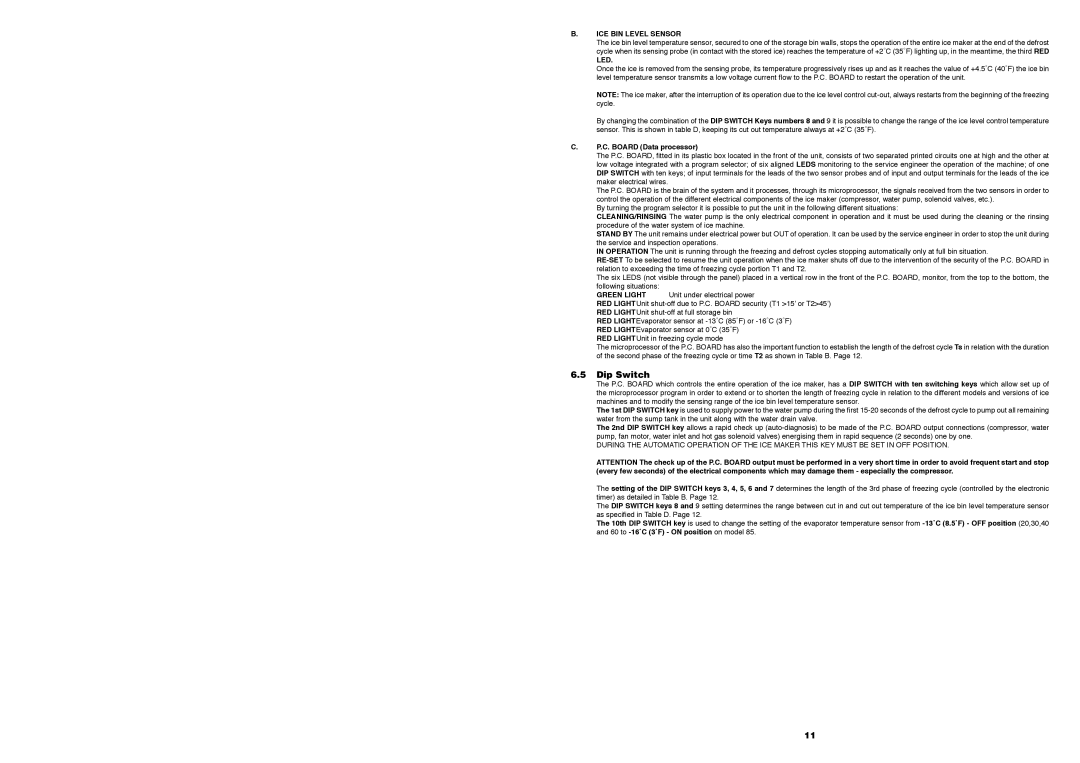FCI60, FCI30, FCI20, FCI40, FCI85 specifications
Foster F85, F20, F40, and F60 represent a remarkable lineup of industrial and commercial engines, celebrated for their reliability, efficiency, and advanced technology. These models cater to various applications, striking a balance between performance and economy.The Foster F85 is designed for smaller machinery and equipment, perfect for light-duty tasks. It features a compact design that allows for easy installation in tight spaces. With a robust power output and energy-efficient operation, the F85 engine is coupled with advanced fuel injection technology that enhances performance and reduces emissions. Its low-maintenance requirements make it a favorite among operators looking for dependable machinery without extensive upkeep.
The Foster F20 escalates the performance, making it suitable for medium-duty applications. It boasts a higher torque output, allowing it to handle more demanding tasks while maintaining excellent fuel efficiency. The F20 integrates cutting-edge electronic control systems that optimize engine performance in real time. This model also features noise reduction technology, contributing to quieter operation in urban or sensitive environments.
Progressing to the Foster F40, this engine shines in heavy-duty applications, offering significant power and efficiency. With a robust design, the F40 is capable of withstanding harsh working conditions without compromising on performance. It features advanced thermal management systems that ensure optimal operating temperatures, enhancing engine lifespan and reliability. Moreover, the F40 incorporates modular components, promoting ease of repair and maintenance.
Lastly, the Foster F60 is the flagship model in this lineup and stands out for its exceptional power-to-weight ratio. It is engineered with the latest innovations in turbocharging, which provides increased horsepower while maintaining low fuel consumption. The F60 also integrates sophisticated diagnostic tools that help operators monitor performance and anticipate maintenance needs, thus minimizing downtime.
Across this range, Foster engines emphasize sustainability through reduced emissions and noise output, adhering to strict industry regulations. From the entry-level F85 to the high-performance F60, each model showcases Foster's commitment to engineering excellence and the evolving needs of industries. Whether for construction, agriculture, or commercial use, the Foster F series represents a wise investment for efficiency and reliability.
